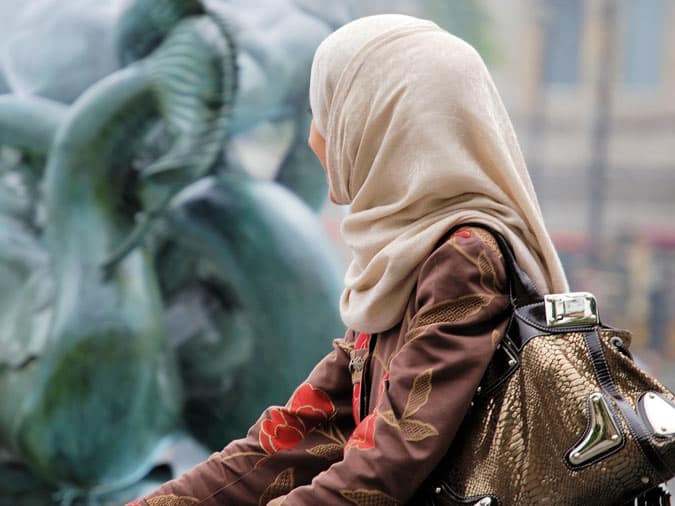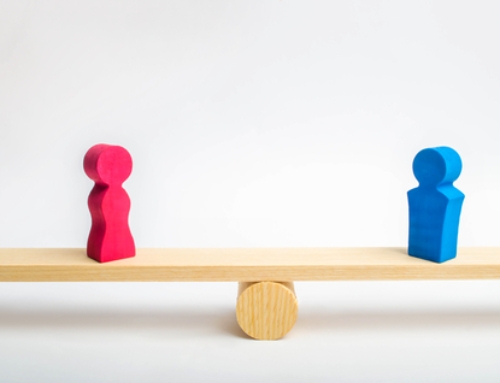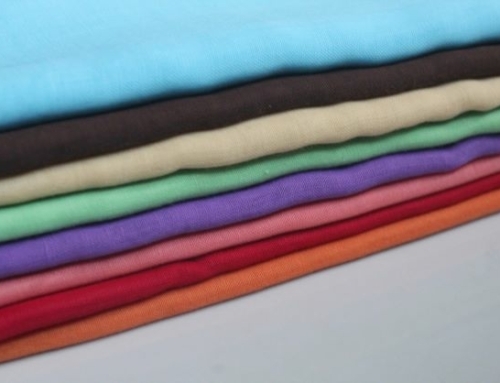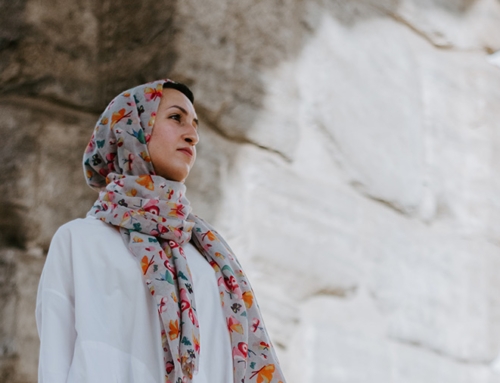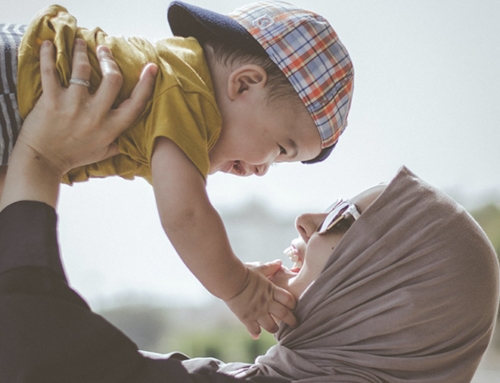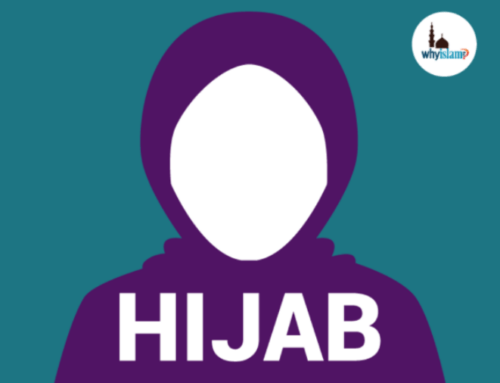Are Muslim Women Oppressed?
Those in the West often look at women in the Muslim world with pity, wishing to never be in their shoes. The status of the Western woman is considered superior to their counterparts in Muslim communities and the Muslim world. Despite Western women facing sexual harassment (even by politicians), rape, and unequal pay, there is still the notion that their challenges pale before the horrors of polygamy and wearing a hijab. The idea that the Muslim world is hostile toward women is particularly helpful to the West. This helps turn the criticism of feminists away from the oppression of women in the West and directs their attention to women in the East. Consequently, war and invasion are justified in the name of advancement of “women’s rights.”1
Redefining Women’s Liberation
The current MeToo movement and the Women’s March demonstrate that there are still problems face by women in the West, just as there are for women in the East. The purpose of this article is to question what the idea that Western women are liberated while Muslim women are oppressed. It also seeks to counter the notion that the West has higher standards for treatment of women. It is not the intention of this article to decide who is “oppressed” or “liberated” but to illustrate that the West is just as fair game because it does not lack in its share of mistreatment of women.
Exploring the Complexity of Dress and Freedom
Terms like “free” “liberated” and “oppressed” are loaded terms that people will differ on. Does the way people dress define whether they are liberated or oppressed? Or is one only oppressed if they are forced to dress in a certain way? What does it mean to be “forced” to dress in a certain manner? There are over 50 Muslim majority countries in the world and only Saudi Arabia has a law that requires women to wear the hijab. There are Western countries that also force women to undress. For example, in France women were banned from wearing the Niqab or even a Burkini (a modest swim suit that comes with a headpiece).
Challenging Stereotypes
If discovered wearing these in public Muslim women were physically forced to remove such clothing and could be arrested and fined. What difference does it make when one country forces women to dress a certain way and another country forces them to undress? It is true that there is injustice toward women in parts of the Muslim world, but the Western world is certainly no exception to this. Women in the Muslim world do everything that Western women do. They are educated (in fact they beat men in education), work, own businesses, are artists, athletes, actors, and politicians. It is true that men are more than women in the workforce in the Muslim world, but this is also true in the West. According to the ACLU, women make just 78 cents for every dollar earned by men. Black women earn only 64 cents and Latinas only 54 cents for each dollar earned by white men. The U.S. Department of Justice reports that approximately one in four homeless women is homeless because of violence committed against her.
Breaking Barriers
Muslim women are also political leaders. In fact, Muslim women already broke the glass ceiling by having a whopping 10 female heads of state. Women in the Arab world have also led revolutions to overthrow dictators who ruled with iron fists for decades. Tawakkol Karman was awarded the Nobel Peace Prize in 2011 in recognition of her work in nonviolent struggle for the safety of women and for women’s rights to full participation in peacebuilding work in Yemen. She is known as “The Mother of the Revolution.” One can easily look at America and argue that American women are oppressed because they never had a female president. Not only has there never been a female president, but women are underrepresented in politics. Of 50 state governors, only 6 are women.
Addressing Gender Discrimination
This discrimination against women is imbedded in American society. Our current president has made it even more clear that we do not meet the ideal standards we place for ourselves concerning women. He has been accused of sexual assault by at least 15 women and even caught on tape describing how he would use his position of fame to sexually assault women. He joked about dating his own daughter and has attacked women politicians, actors, and reporters by mocking their looks and speaking of them in a derogatory manner. One might argue that he is only one person and does not represent the country. However, despite these allegations and comments, millions of Americans uncritically supported him and voted for him. This makes it clear that, to an extent, millions of Americans are okay with his mistreatment of women.
Reexamining Women’s Issues
There are many problems in Muslim countries concerning women and the Western audience is all too familiar with them. The purpose of this article was not to negate or deny forms of oppression that take place in the Muslim world, but it was to reexamine our own society’s problem with mistreatment of women. There is a gender problem in America, there is a problem with women getting sexually assaulted, raped, harassed, mocked, domestically abused, and paid less than men. These issues should lead us to question the notion that Western models of sex and sexuality are liberating, universally valid, and exempt from criticism.
[1] See Anne Norton, On the Muslim Question (Princeton: Princeton University Press 2013), 67.
Got Questions?
We have Answers. Get in touch now.


